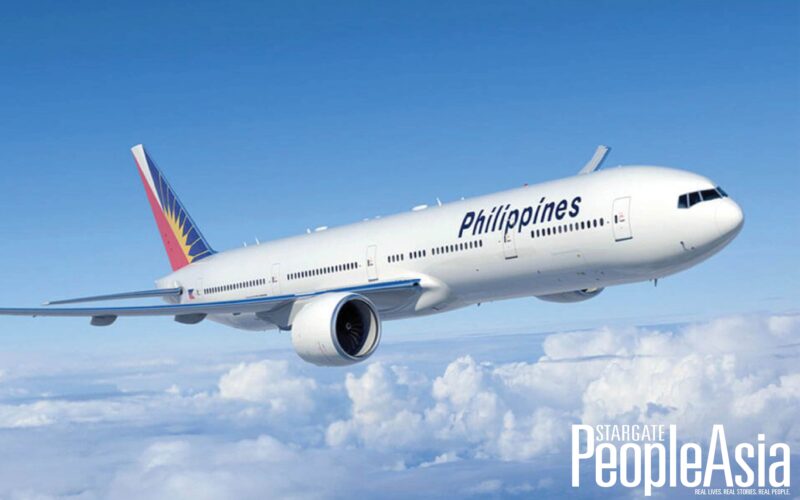The flag carrier also announced moves to upgrade its fleet and product offerings, including the recent acquisition of Airbus A350-1000 long-range aircraft valued at a list price of over $3.2 billion.
Philippine Airlines (PAL) continues to soar to new heights as it recently reported a net income of $98 million (P5.4 billion) and operating income of $130 million for the third quarter of 2023. Compared to the third quarter of 2022, these figures represent improvements from PAL’s net income of $63 million (P 3.5 billion) and operating income of $87 million (P 4.9 billion).
PAL’s positive financial performance reflects the continuing growth of passenger travel and the corresponding expansion of flights across the flag carrier’s global network, with PAL carrying four million passengers during the third quarter of 2023, a 54-percent increase from the 2.6 million people who flew PAL during the same period last year.
Accordingly, third quarter passenger revenues grew to $749 million (P47.5 billion) vs. the $ 610 Million (P 40.8 Billion) earned during the third quarter of 2022. Cargo revenues, however, declined by 35 percent due to a softening in the air cargo market.
Building on the gains registered in the first half of the year, PAL has now logged a net income of $ 348 million (P19.2 billion) for the full January to September 2023 period, as opposed to $ 133 million (P 7.2 billion) for the same period in 2022. PAL’s operating income was $ 444 million (P24.6 Billion) for January-September 2023, compared with $212 million (P11.5 billion) in 2022.
Altogether, PAL flew 11 million passengers for the first nine months of 2023, improving on the 6.4 million people it carried during the same period of 2022. Passenger revenues for January-September 2023 grew to $ 2.17 Billion (P120.1 billion), vs. $1.47 Billion (P79.5 Billion) last year.
“We are immensely grateful for the support of our faithful customers and all our employees, partners and stakeholders. We assure them that we will continue investing in brand-new aircraft, upgraded products and digital innovations that will help us deliver better service and a more satisfying experience for the people who entrust their flights and shipments to Philippine Airlines,” said Capt. Stanley K. Ng, PAL’s president and COO. “At the same time, we have to be ready to face potential major challenges in the coming months, as geopolitical upheavals drive up fuel prices and threaten economic disruptions.”
“We will continue to fortify the Philippine Airlines Group against external headwinds such as volatile fuel prices and the impact of world events, while building up PAL as a resilient and dynamic competitor,” said Lucio Tan III, president and COO of PAL Holdings Inc., PAL’s parent company. “We reaffirm our commitment to provide safe, reliable and efficient service in line with our mandate as the nation’s flag carrier. We are also looking forward to the coming peak travel season.”
PAL’s fleet expansion and service enhancements include the recently announced acquisition of Airbus A350-1000 long-range aircraft valued at a list price of over $ 3.2 billion (P176.6 billion) for the nine aircraft ordered; the expansion of the airline’s Cebu hub network; an all-new customer relations management system offering more personalized self-service options for PAL customers; and continuing increases in staffing of customer care personnel.
In addition to an extensive network to 33 domestic destinations, PAL operates the largest network of nonstop flights from the Philippines to North America, Japan, the Middle East and Australia.








